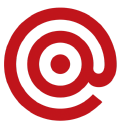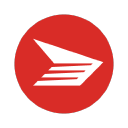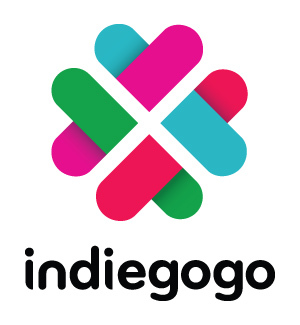On Launching A Crowdfunding Campaign For Wood-Carved Globes
Hi, I’m Mark Jeffery, and I’m the founder of goodwoodglobes, making beautiful, tactile, wood-carved maps and globes.
Despite my background as a software developer, I’m doing everything we’re told not to do as founders: mine is a non-software, non-service, non-subscription product; it’s hard to validate, hard to scale, hard to grow; and it’s slow.
Nothing like a challenge!
I launched goodwoodglobes with a crowdfunding campaign in February 2019, raising $5,000 Canadian towards the wood-carving machine I needed. I’m still proud of the video I made for the campaign, which more than one person has told me brought them close to tears!
I’ve now delivered all the custom mountain maps I promised to cartographers, mountaineers and dendrophiles around the world, and I’m working towards fully three-dimensional wood-carved relief globes.
My revenue this year is $8,000 Canadian, which I hope to increase next year, once I’ve finished development and can focus on sales, marketing and distribution.

Download the report and join our email newsletter packed with business ideas and money-making opportunities, backed by real-life case studies.

Download the report and join our email newsletter packed with business ideas and money-making opportunities, backed by real-life case studies.

Download the report and join our email newsletter packed with business ideas and money-making opportunities, backed by real-life case studies.

Download the report and join our email newsletter packed with business ideas and money-making opportunities, backed by real-life case studies.

Download the report and join our email newsletter packed with business ideas and money-making opportunities, backed by real-life case studies.

Download the report and join our email newsletter packed with business ideas and money-making opportunities, backed by real-life case studies.

Download the report and join our email newsletter packed with business ideas and money-making opportunities, backed by real-life case studies.

Download the report and join our email newsletter packed with business ideas and money-making opportunities, backed by real-life case studies.























